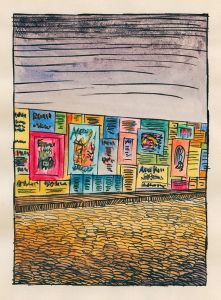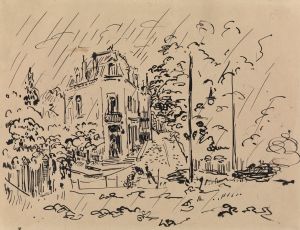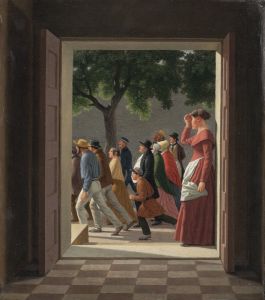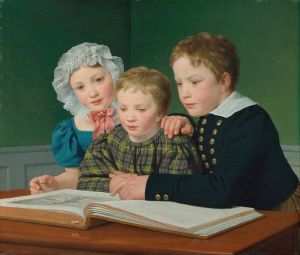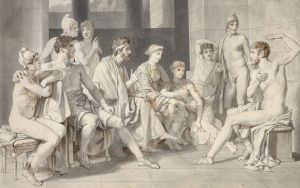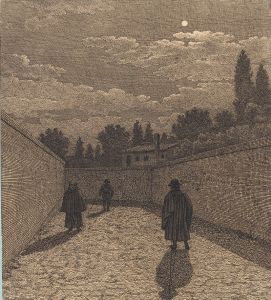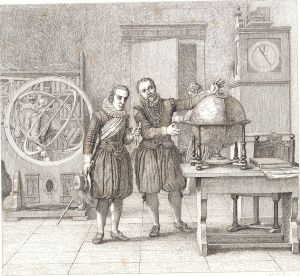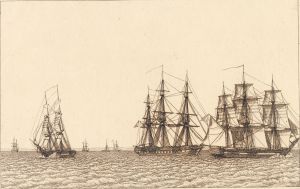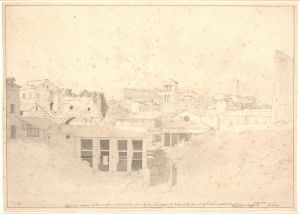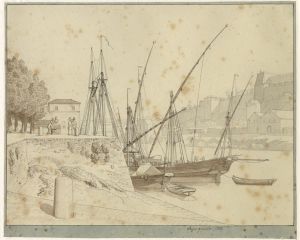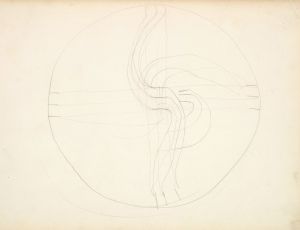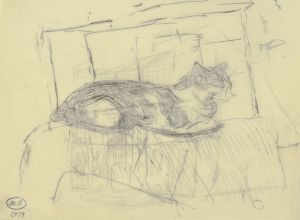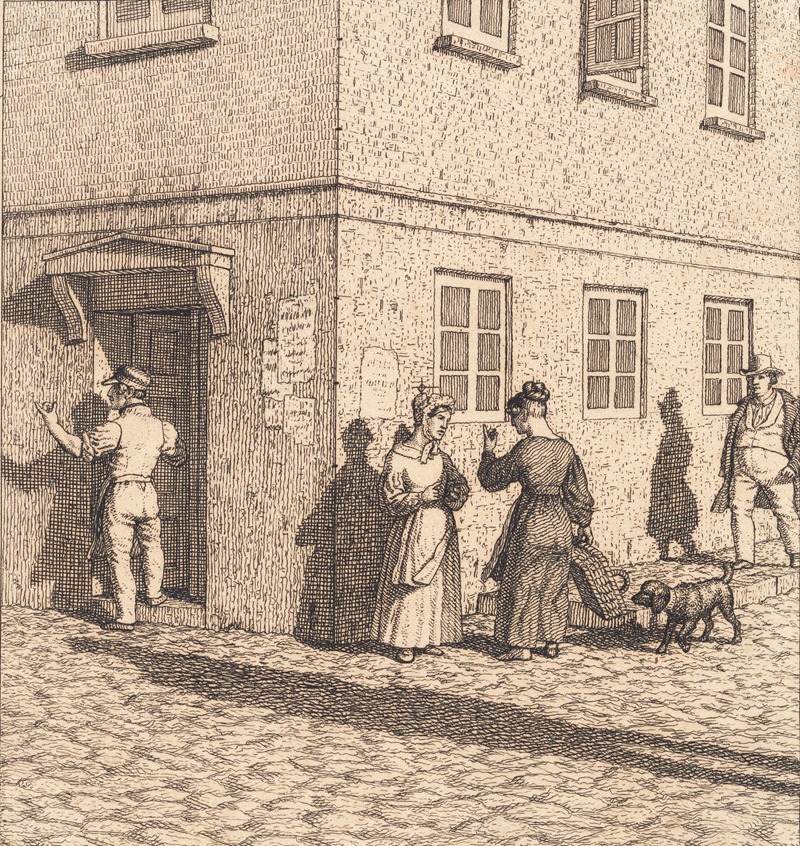
Et gadehjørne Illustration til Linearperspectiven , Tavle VII
A hand-painted replica of Christoffer Wilhelm Eckersberg’s masterpiece Et gadehjørne Illustration til Linearperspectiven , Tavle VII, meticulously crafted by professional artists to capture the true essence of the original. Each piece is created with museum-quality canvas and rare mineral pigments, carefully painted by experienced artists with delicate brushstrokes and rich, layered colors to perfectly recreate the texture of the original artwork. Unlike machine-printed reproductions, this hand-painted version brings the painting to life, infused with the artist’s emotions and skill in every stroke. Whether for personal collection or home decoration, it instantly elevates the artistic atmosphere of any space.
Christoffer Wilhelm Eckersberg, often referred to as the "father of Danish painting," was a pivotal figure in the development of Danish art in the 19th century. Born in 1783, Eckersberg was instrumental in establishing the Royal Danish Academy of Fine Arts as a leading institution for art education. His works are renowned for their meticulous attention to detail and adherence to the principles of linear perspective, a technique that he both mastered and taught to his students.
One of Eckersberg's notable contributions to the study of perspective is his series of instructional illustrations, among which "Et gadehjørne Illustration til Linearperspectiven, Tavle VII" stands out. This work is part of a larger collection designed to educate students and artists on the principles of linear perspective, a crucial element in creating realistic and proportionate compositions in art.
"Et gadehjørne," which translates to "A Street Corner," exemplifies Eckersberg's dedication to precision and clarity in the depiction of space. The illustration serves as a practical example of how linear perspective can be applied to everyday scenes, such as a street corner, to create a sense of depth and realism. In this work, Eckersberg demonstrates how parallel lines converge at a vanishing point on the horizon line, a fundamental concept in linear perspective that helps artists accurately render three-dimensional space on a two-dimensional surface.
Eckersberg's approach to teaching perspective was methodical and scientific, reflecting the Enlightenment ideals of his time. He believed that a solid understanding of perspective was essential for any serious artist, and his instructional illustrations were designed to convey these principles in a clear and accessible manner. "Et gadehjørne" is a testament to this educational philosophy, providing a visual guide that breaks down complex concepts into understandable components.
The impact of Eckersberg's teachings on perspective extended beyond his own work and influenced a generation of Danish artists, including notable figures such as Wilhelm Bendz and Christen Købke. His emphasis on perspective and composition helped lay the groundwork for what would become known as the Danish Golden Age of painting, a period marked by a focus on realism, attention to detail, and the depiction of everyday life.
Eckersberg's contributions to art education and his mastery of perspective have left a lasting legacy in the art world. His instructional illustrations, including "Et gadehjørne," continue to be studied and appreciated for their clarity and effectiveness in conveying the principles of linear perspective. Through these works, Eckersberg not only advanced the technical skills of his students but also enriched the broader artistic community by promoting a deeper understanding of the spatial dynamics in art.
In summary, "Et gadehjørne Illustration til Linearperspectiven, Tavle VII" by Christoffer Wilhelm Eckersberg is a significant work that exemplifies the artist's commitment to teaching and mastering the principles of linear perspective. It reflects his broader influence on Danish art and his role in shaping the educational practices of the Royal Danish Academy of Fine Arts.





